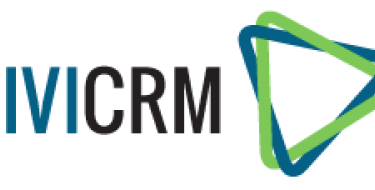Slim Down and Simplify Project Scope for Online Success
The New Year's Diet has become a staple resolution for many—not us, of course, but other people—and for good cause. In the course of a busy week, our thoughts of eating well and exercising quickly devolve into a maelstrom of fast food, microwave dinners, and "quality" time in front of our televisions. It's rarely intentional—it just ... happens.
Unfortunately, the same is true in web marketing. Part of that is conditioning by those in my own industry; in our efforts to better demonstrate the value of our services, we've been telling our clients that their websites can do anything and everything. Our clients, likewise, begin requesting more and more capability be added to their sites. The result is feature (or scope) creep, and it produces web projects that are unrealistic and, in most cases, unsuccessful.
Properly defining scope is a great way to help keep a web project on track, but the hard part is determining the boundaries. Thankfully, 2009 showed us that simple, focused websites are the trend, if not the user preference, so there are plenty of examples for one to consider when reimagining their own web presence. Likewise, consider the following when determining scope:
Focus on tasks, not vision
As a strategist, I know how difficult it can be to see the trees for the forest. Your users, however, are far more focused; people come to your site to do something, not debate your organization's soul in perpetuity. If you put yourself in their shoes, you better understand how limiting your site's features and capabilities can provide a more efficient and, ultimately, more satisfying experience.
Let your users determine direction
It's hard to give up control, but consider how well it's worked for others. For example, Twitter routinely integrates features or enhancements that were first suggested or created by users. Granted, you shouldn't implement every change that comes into the suggestion box, but paying attention to how your visitors use your site and spotting trends can help you keep scope in check while providing users what they want.
Avoid trends and fads
This one can be tricky, particularly if you're giving your users a role in site direction. Still, you should always question the long-term value and ROI of any given site feature. It may seem really cool to have an integrated Nahuatl translation for your site copy, for instance, but it's not very useful—unless your market includes the Aztec, of course.
Build on the right foundation
One of the reasons we prefer Drupal is because it's almost infinitely extensible; adding features to a Drupal-based site is, in many cases, as easy as one could hope for. If you're working within an extensible platform, you reduce the likelihood that added features will cripple site performance or require major redevelopment costs.
MONTHLY MARKETING INSIGHTS.
Get thought-provoking and actionable insights to improve how your firm makes a connection with your customers.





LEAVE A COMMENT